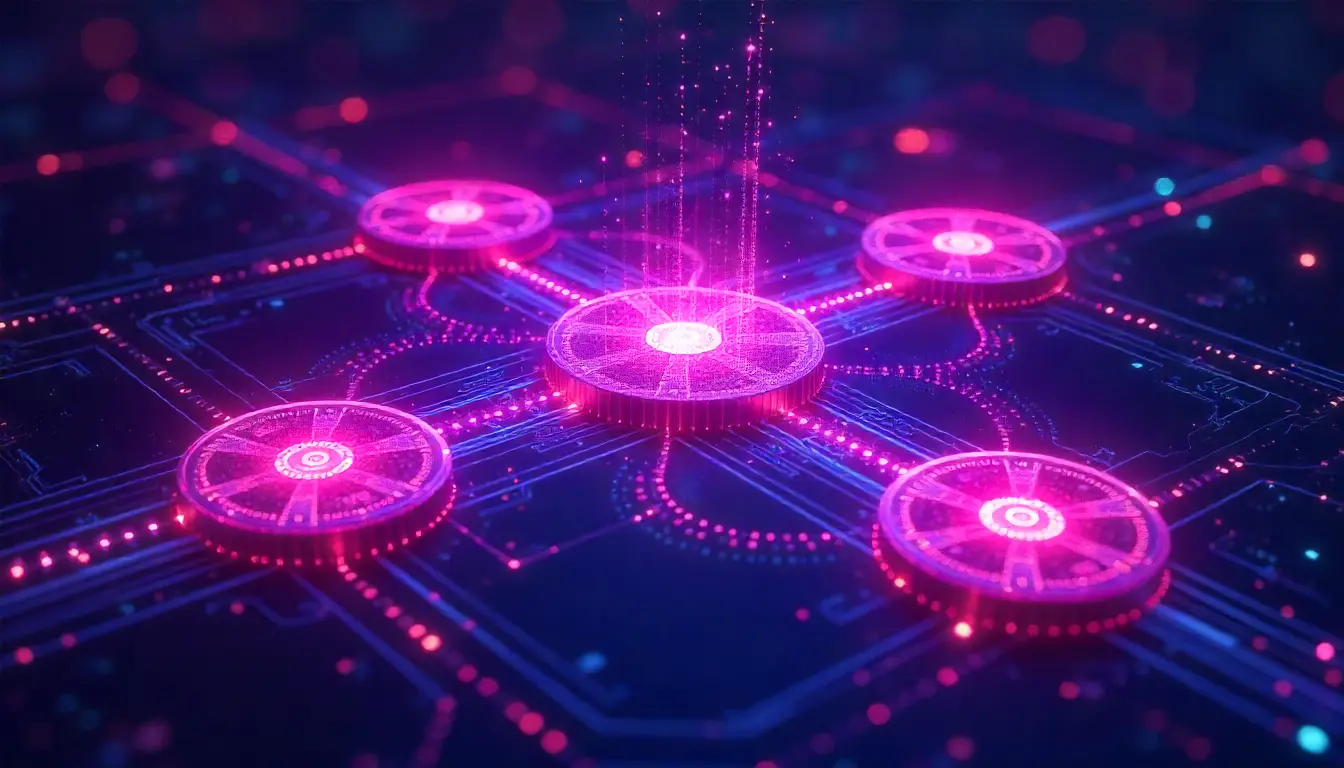Ensemble Learning: Definition and Key Methods

Share
Table of contents:

Ensemble learning is a machine learning technique where multiple individual models (called base learners) are combined to form a stronger predictive system. By aggregating diverse models, ensembles improve accuracy, stability, and generalization compared to using a single model.
How Ensemble Learning Works
An ensemble generates predictions from multiple models and merges the outputs using techniques such as:
- Averaging (for regression tasks)
- Majority voting (for classification tasks)
- Weighted blending or stacking
The goal is to reduce variance, minimize overfitting, and improve predictive performance.
Common Ensemble Methods
Bagging (Bootstrap Aggregating)
Trains multiple instances of the same model using random data subsets, then aggregates predictions.
Example: Random Forest
Boosting
Trains models sequentially, with each new model correcting errors from the previous one.
Examples: AdaBoost, Gradient Boosting, XGBoost, LightGBM, CatBoost
Stacking (Stacked Generalization)
Uses different types of models and a meta-model that learns how to combine their predictions.
Why It Matters
Ensemble learning is widely used in:
- Finance and fraud detection
- Healthcare diagnostics
- Cybersecurity anomaly detection
- NLP and recommendation systems
It remains one of the most reliable strategies for improving model performance, especially in real-world and production environments.











